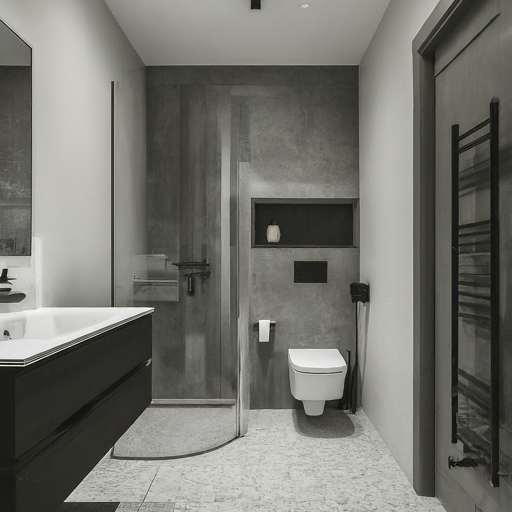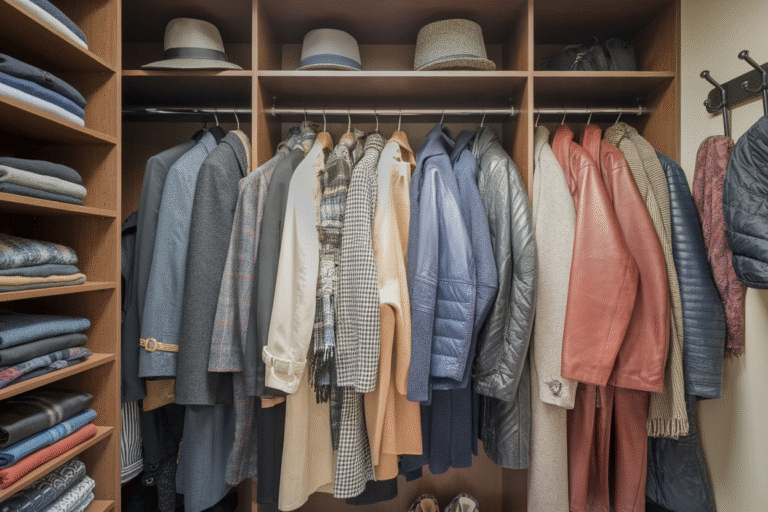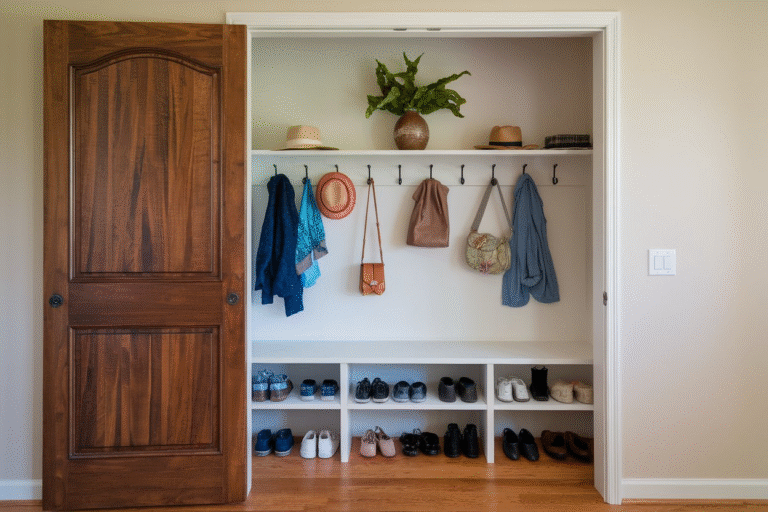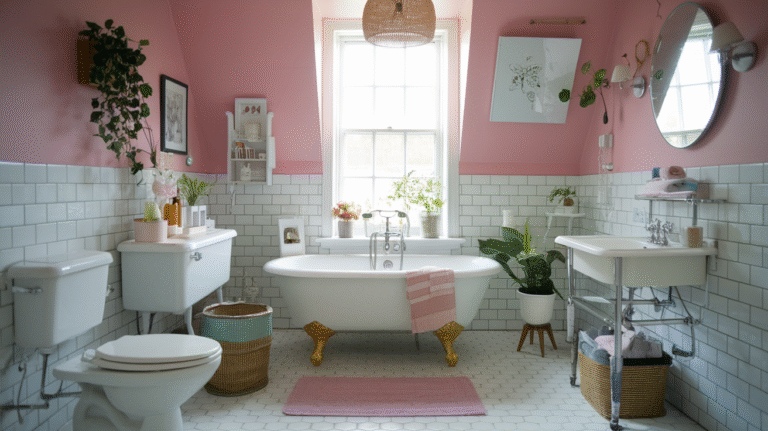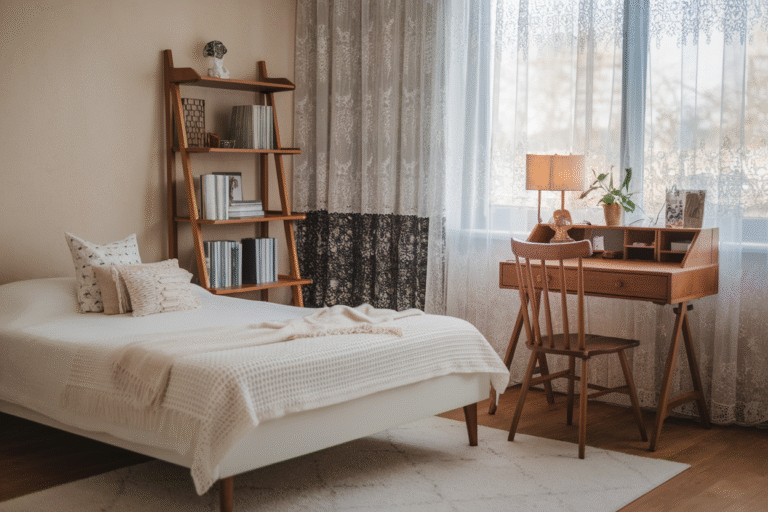19 Small Kitchen Pantry Ideas
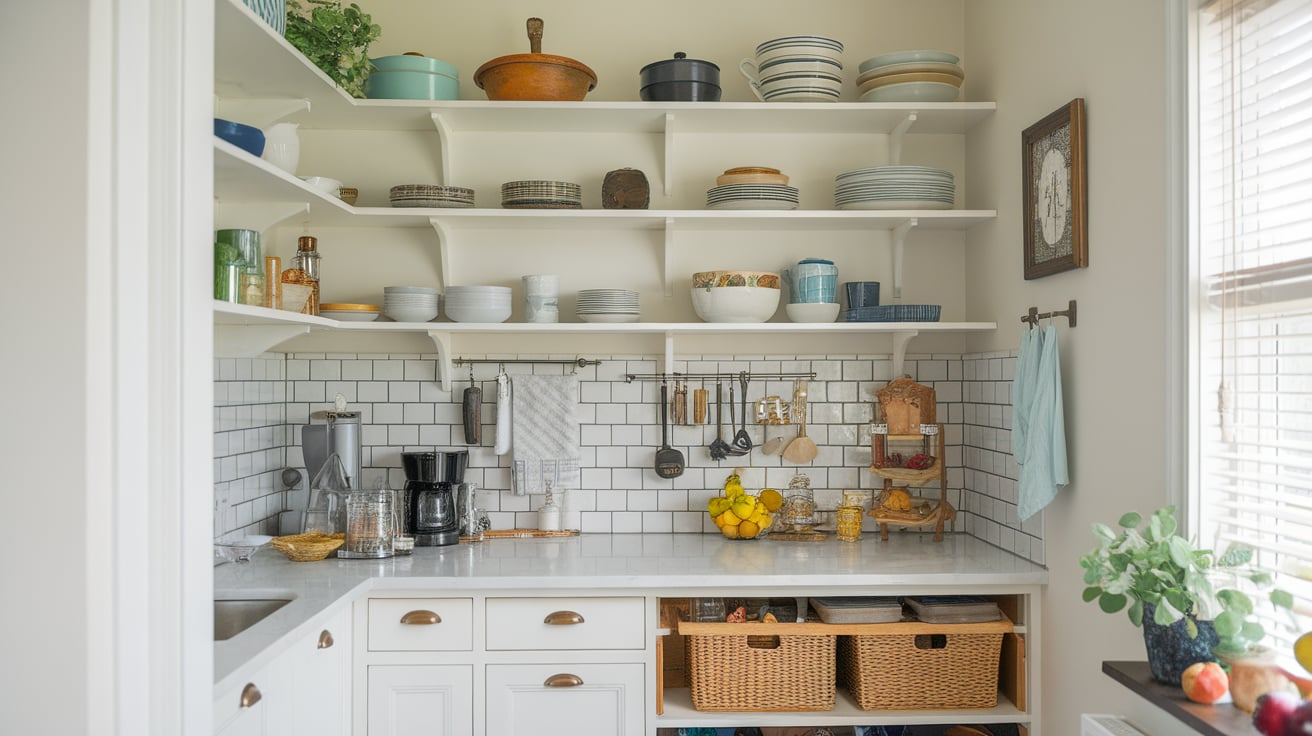
If you have a small kitchen, you know the struggle: juggling limited space while trying to keep everything organized, accessible, and stylish.
A small kitchen pantry can feel like a puzzle with too many pieces and nowhere to put them.
But don’t worry — small pantries are like little treasure chests, packed with hidden potential waiting to be unlocked.
1. Utilize Vertical Space with Adjustable Shelving
Think of your pantry walls as a skyscraper rather than a bungalow. The secret to small space success is building up, not out. Adjustable shelving is your best friend here — it allows you to customize shelf heights for different items and maximize every inch of vertical space.
When I first installed adjustable shelves in my small pantry, it felt like I added a whole new room. Tall cereal boxes and pasta containers finally had their own spots, and small jars fit snugly on shorter shelves. Don’t just settle for one shelf height; embrace flexibility.
2. Add Door-Mounted Storage Racks
The pantry door is an often-overlooked storage goldmine. Installing racks, hooks, or baskets on the inside of your pantry door instantly increases storage capacity. These are perfect for small spice jars, packets, cleaning supplies, or even cutting boards.
In my experience, door racks keep frequently used items visible and within arm’s reach. Plus, they free up shelf space for larger items. If your pantry door swings open wide enough, door-mounted storage is a game changer.
3. Invest in Clear, Stackable Containers
Imagine your pantry as a library where every book has a clear spine. Clear containers give you instant visibility and help keep similar items grouped together. Stackable designs maximize shelf space, allowing you to store more vertically without risking toppling piles.
I love using uniform clear containers for grains, nuts, and snacks — it turns the pantry into a neat, cohesive display and helps me avoid buying duplicates. Labeling these containers with chalkboard tags or printed labels adds a finishing touch.
4. Incorporate Pull-Out Bins or Drawers
Pull-out storage is like having a mini treasure chest on wheels inside your pantry. These bins or drawers make it easy to access items in the back without emptying the entire shelf. They’re perfect for storing bulky produce like potatoes and onions or pantry staples like bags of flour and sugar.
When I added pull-out bins, I stopped digging blindly for my onions and started enjoying the ease of sliding out exactly what I needed. They also encourage tidiness because everything has a designated spot.
5. Use Lazy Susans for Corner or Deep Shelves
Corners and deep shelves can be black holes of pantry storage — items get lost, forgotten, or buried. A Lazy Susan spins your pantry shelves into a revolving buffet, letting you see and reach every item effortlessly.
I put a Lazy Susan in my pantry corner for spices and small bottles, and it was like discovering a secret passage to organization heaven. Now I can grab what I need with a simple twist, and nothing hides in the shadows.
6. Hang a Pegboard for Flexible Storage
Pegboards aren’t just for garages and workshops. Installing a pegboard on a pantry wall lets you customize storage for hanging baskets, hooks, or shelves. This is especially useful for storing lightweight items like mesh bags of garlic, utensils, or small baskets of snacks.
A pegboard lets you change your layout anytime you want, adapting to your evolving needs. I love how it adds a bit of an industrial vibe while keeping things within easy reach.
7. Maximize Narrow Spaces with Slim Rolling Carts
If your pantry has a slim gap or narrow corner, a rolling cart designed to fit those tight spaces can be a game changer. These carts slide in and out easily, offering extra storage without crowding your pantry.
I found a slim rolling cart that fits perfectly between my fridge and pantry wall — it’s my go-to spot for oils, vinegars, and baking supplies. Plus, I can roll it out when I need more workspace.
8. Create Zones for Different Food Categories
In a small pantry, chaos thrives without clear zones. Grouping similar items together — grains, canned goods, snacks, baking ingredients — creates a system that makes sense at a glance.
I like to label each zone and even use different colored bins or baskets to reinforce the categories visually. This habit saves me from hunting down ingredients and makes restocking quicker and easier.
9. Install Lighting for Better Visibility
Lighting in a pantry is often overlooked, but it’s critical in a small space where natural light rarely reaches. Installing LED strip lights or battery-powered puck lights brightens the space, making it easier to find what you need without knocking things over.
I remember fumbling around in my dark pantry for years until I finally added motion-activated LED lights. It was like switching on a spotlight for my food, and I could finally see all my hidden gems clearly.
10. Use Tension Rods to Organize Cleaning Supplies or Wraps
Tension rods are a sneaky, affordable way to add organization without permanent installation. Placing them vertically or horizontally inside your pantry can create dividers for items like cleaning sprays or rolls of plastic wrap and foil.
I used a tension rod near the pantry’s base to hang spray bottles and keep them upright. It’s a small hack that saved me from spills and messes.
11. Repurpose Household Items for Pantry Storage
You don’t always need fancy organizers; sometimes everyday items work perfectly in a small pantry. For example, magazine holders can corral snack bags, tiered trays work well for canned goods, and small baskets can group loose packets.
I love the challenge of repurposing — it’s like turning ordinary objects into pantry superheroes. Plus, it keeps costs down while adding unique character to your space.
12. Keep a Small Chalkboard or Whiteboard for Inventory
Running out of ingredients or buying duplicates is frustrating. A small chalkboard or whiteboard on your pantry door or wall helps you keep track of what’s running low and what you need to restock.
I scribble notes about staples that are almost gone, and it’s like having a pantry assistant reminding me what to buy next grocery trip.
13. Use Under-Shelf Baskets to Add Extra Layers
Under-shelf baskets hang from existing shelves, adding a second layer of storage without permanent modification. They’re ideal for flat items like snack bars, spice packets, or small bags.
I discovered under-shelf baskets when I ran out of shelf space but still had vertical clearance. These baskets made the most of every nook, creating a tiered effect that doubled my storage.
14. Embrace Clear Labeling for Easy Identification
Labels are the unsung heroes of pantry organization. Clear, consistent labeling helps everyone in the household find and return items to their proper place. It’s also a gentle reminder to keep things neat.
I experimented with several labeling styles until I settled on simple, elegant black-and-white labels that blend with my kitchen decor and make reading a breeze.
15. Store Bulk Items in Airtight Containers
Bulk items like rice, flour, and sugar take up a lot of space if left in their original bags or boxes. Airtight containers not only save space but keep food fresh longer and prevent pests.
I invested in a set of airtight containers in various sizes and saw an immediate difference in both pantry space and food quality. Plus, they stack neatly and look uniform — a win-win for function and aesthetics.
16. Use Shelf Risers to Double Storage Height
Shelf risers are simple inserts that create an additional tier on your existing shelves. They are perfect for storing shorter items like canned goods or jars, allowing you to use the shelf space above more efficiently.
I added risers to my pantry shelves and suddenly found room for more jars without stacking dangerously. It’s like creating mini mezzanines for your food.
17. Optimize Snack Storage with Clear Bins or Baskets
Snacks tend to be the wild cards of pantry clutter, with loose bags and boxes everywhere. Grouping snacks in clear bins or baskets keeps them contained and easy to grab.
I keep a dedicated snack basket at kid height in my pantry, making it easy for the little ones to find their treats without creating chaos.
18. Consider a Small Free-Standing Pantry Cabinet
If your kitchen is truly tight, consider a small free-standing pantry cabinet or baker’s rack placed nearby. It can provide extra storage for items that don’t fit inside the main pantry.
I once borrowed a small baker’s rack for my kitchen corner, and it instantly expanded my storage options without remodeling. It also became a cute display for cookbooks and spices.
19. Regularly Declutter and Rotate Pantry Items
Even with the best storage solutions, a pantry can become a jungle without regular maintenance. Make it a habit to declutter, toss expired items, and rotate stock so older items get used first.
I set a calendar reminder every few months to audit my pantry. It’s like hitting the refresh button — clearing space for new groceries and keeping everything fresh and accessible.
Conclusion
A small kitchen pantry doesn’t have to be a source of frustration — with a bit of creativity and the right strategies, it can become your organized command center. Think of it as a tiny stage where every container, basket, and shelf plays its part perfectly.
By maximizing vertical space, investing in smart storage solutions, and adopting habits that keep your pantry neat, you’ll unlock the full potential of your small space. The key is to work with your pantry’s quirks and be willing to experiment until you find what clicks for your kitchen rhythm.

